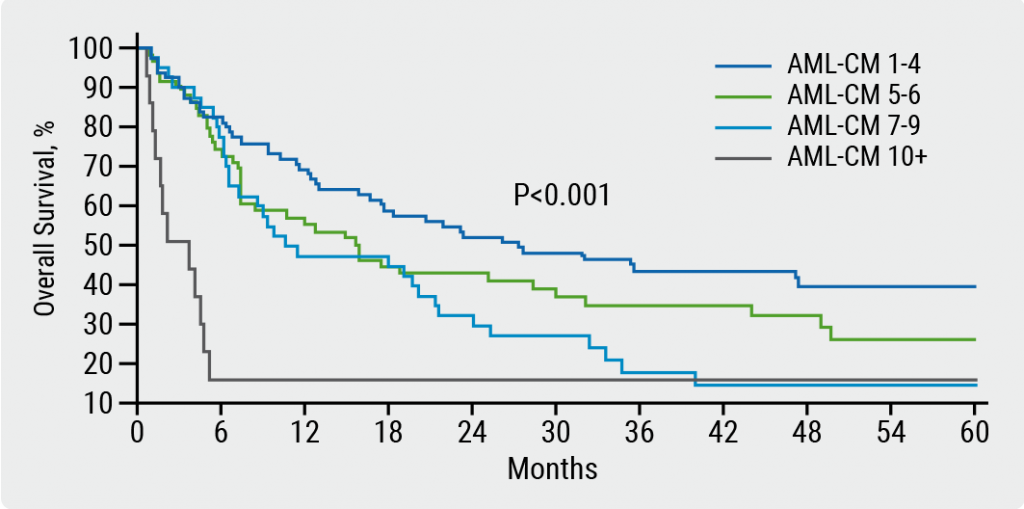Hydroxyurea (HU) is a disease-modifying therapy for SCA that has been used for decades. But longitudinal assessment of echocardiographic abnormalities in children and young adults with SCA who are treated with HU is lacking, the study team says in Blood Advances.
To investigate, they evaluated data on 100 children and young adults (mean age, 12 years; range, 3 to 22 years) with SCA who underwent routine cardiac screening at Cohen Children's Medical Center, Northwell Health, in New Hyde Park, New York, between 2010 and 2017.
The most common echocardiographic abnormalities were left ventricular (LV) dilation (50%), LV hypertrophy (24%) and elevated tricuspid-valve-regurgitation velocity (TR, 32%). Patients with LV dilation were also more likely to have LV hypertrophy. Systolic function was mostly preserved in the cohort.
For the 60 patients (60%) taking HU, a retrospective longitudinal analysis of echocardiograms obtained before and after initiation of therapy was performed.
While there was no difference in the level of LV enlargement for patients on or off HU, a longer duration of treatment was associated with decreased LV dilation and hypertrophy.
"When we compared the group that had been on hydroxyurea treatment for less than one year to the group that had been on treatment for more than one year, we found that the people who had been treated for longer were less likely to have an enlarged heart or a thickened heart," first author Dr. Arushi Dhar of Cohen Children's and Feinstein Institutes for Medical Research, in Manhasset, New York, said in a news release.
The researchers also found that patients who were older at the time they started HU were more likely to have LV hypertrophy and elevated TR, and use of the drug beyond one year seemed to reverse these cardiac abnormalities.
"To our knowledge, this is the first study to analyze longitudinal echocardiographic findings in children and young adults with SCA receiving treatment with HU, and the first to demonstrate improvement in LV dilation and hypertrophy with HU therapy," the authors write in their article.
They say the study highlights the need for early screening and treatment for this patient population.
"We need very close cardiac monitoring of children and young adults with SCA. Even for asymptomatic individuals, screening should start at a young age so we can catch any abnormalities early and start treatment with hydroxyurea as soon as possible," Dr. Dhar said in the news release.
Limitations of the study include the retrospective design, and the fact that the echocardiograms assessed in the study did not measure additional parameters of heart function such as diastolic function.
"We would like to see a future prospective study that follows the patients on hydroxyurea for a longer time, even into adulthood when cardiac complications worsen," Dr. Dhar said.
The study had no specific funding and the authors declare no relevant conflicts of interest.
SOURCE: https://bit.ly/3tK3WZ8 Blood Advances, online September 16, 2021.
By Reuters Staff
Posted on
Previous Article
« New guidelines provide framework for safe liver transplantation for non-resectable colorectal liver metastases Next Article
Adding ADT to radiation works better than upping radiation dose for some prostate cancers »
« New guidelines provide framework for safe liver transplantation for non-resectable colorectal liver metastases Next Article
Adding ADT to radiation works better than upping radiation dose for some prostate cancers »
Related Articles

February 18, 2021
Prognostic validity of AML composite model in predicting mortality

February 20, 2023
Letter from the Editor
© 2024 Medicom Medical Publishers. All rights reserved. Terms and Conditions | Privacy Policy

